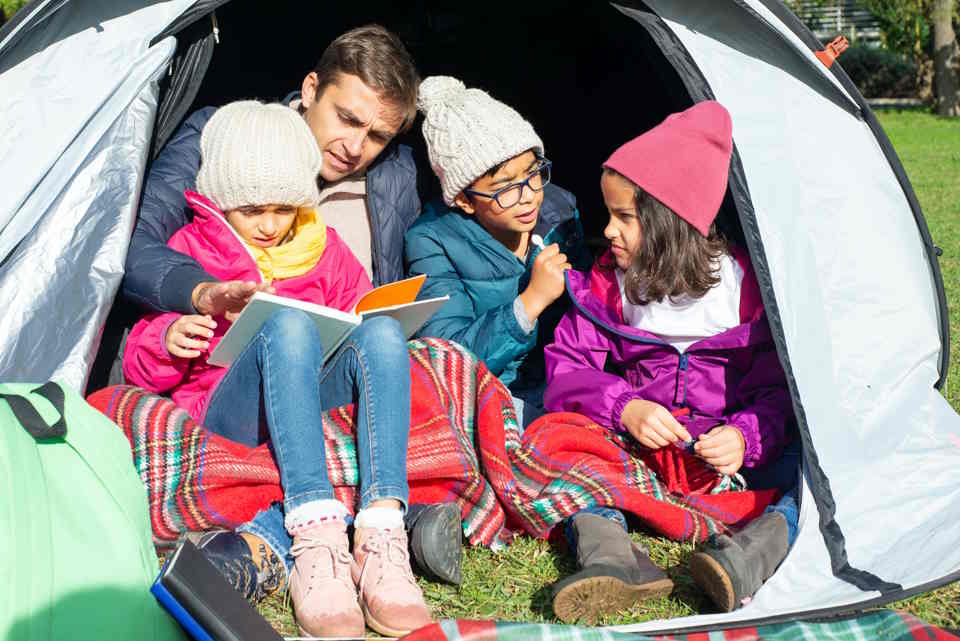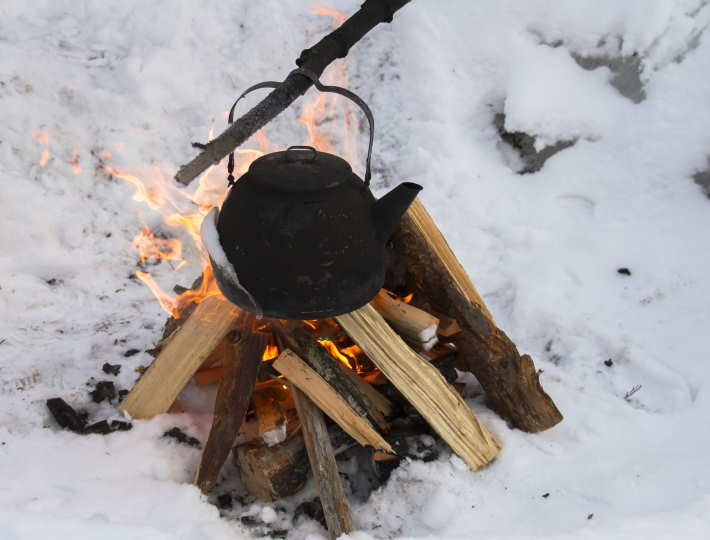Are you ready to take your camping adventures into the winter months? While the idea of camping in the cold may seem daunting, with the right preparation and equipment, it can be a truly memorable experience. In this blog post, we’ll explore everything you need to know about how to camp in the winter. From choosing the right winter tent and selecting cold-weather sleeping bags to preparing for winter food storage and staying warm with proper layering, we’ve got you covered. So, if you’re ready to embrace the beauty of the winter wilderness and enjoy some peaceful, snow-covered landscapes, read on to learn how to make the most of your winter camping trip.Get ready for winter camping with tips on choosing the right tent, sleeping bags, food storage, and proper layering to stay warm. Prepare for a cozy adventure!
Choosing The Right Winter Tent

When planning for a winter camping trip, one of the most important considerations is choosing the right winter tent. A winter tent differs from a regular three-season tent in that it is designed to withstand harsh winter conditions, such as heavy snowfall, strong winds, and sub-zero temperatures. It is crucial to look for a tent that is specifically labeled as a winter tent, as these tents are constructed with durable materials and have additional features to provide better insulation and stability.
One key factor to consider when choosing a winter tent is its design and shape. A four-season geodesic or dome-shaped tent is recommended for winter camping, as it can withstand heavy snow loads and strong winds. Additionally, the shape of the tent is important for shedding snow and preventing accumulation on the roof, which can cause the tent to collapse under the weight.
Another important consideration is ventilation. While winter camping, it is essential to have proper ventilation to minimize condensation inside the tent. Look for a tent with adjustable vents and breathable fabric to allow for air circulation while keeping the interior warm and comfortable.
Additionally, pay attention to the durability of the tent. A winter tent should be made of robust and durable materials that can withstand extreme weather conditions. Look for features such as reinforced poles, sturdy zippers, and high-quality stitching to ensure the tent can endure the rigors of winter camping.
Selecting Cold-Weather Sleeping Bags

When it comes to exploring the great outdoors during the winter months, having the right cold-weather sleeping bag is crucial. The right sleeping bag can make all the difference in ensuring a comfortable and warm night’s sleep, even in the coldest of temperatures.
One important factor to consider when selecting a cold-weather sleeping bag is the temperature rating. It’s essential to choose a bag that is designed to withstand the lowest temperatures you expect to encounter. Look for bags with temperature ratings well below the lowest temperature you anticipate, to ensure you stay warm and cozy even in unexpected cold snaps.
In addition to temperature rating, the type of insulation used in the sleeping bag is also important. Down insulation is known for its superior warmth-to-weight ratio and compressibility, making it an excellent choice for cold-weather camping. However, synthetic insulation may be a better option for wet conditions, as it retains its insulating properties even when damp.
Other important features to look for when selecting a cold-weather sleeping bag include a draft collar to prevent warm air from escaping, a hood to keep your head warm, and a durable, water-resistant shell to protect against moisture and condensation. Keep these factors in mind when choosing a cold-weather sleeping bag to ensure a warm and comfortable camping experience during the winter months.
Preparing For Winter Food Storage

When it comes to winter food storage, it’s important to be prepared for the colder months. Stocking up on non-perishable items is essential for making sure you have enough food to last through the winter. Canned goods, dried fruits, and nuts are all good options for long-term storage.
It’s also important to consider the types of meals you’ll be cooking during the winter. Hearty soups, stews, and casseroles are all great options for winter meals, and they can easily be made using ingredients that can be stored for long periods of time.
Another important aspect of winter food storage is having the right containers for storing your food. Mason jars, vacuum-sealed bags, and airtight containers are all great options for keeping your food fresh during the winter months. It’s also a good idea to label and date your food items so you can keep track of what you have on hand.
Finally, it’s important to make sure you have a plan for managing your food supplies throughout the winter. Rotating your stock and staying organized will help ensure that you always have enough food on hand, no matter how long winter lasts.
Staying Warm With Proper Layering

When it comes to staying warm in the winter, proper layering is key. Whether you’re hitting the slopes or just taking a winter hike, the right layers can make all the difference. Start with a moisture-wicking base layer to keep sweat away from your skin and help regulate your body temperature. Next, add an insulating layer made of wool or fleece to trap heat and provide extra warmth. Finally, top it off with a waterproof and windproof outer layer to protect you from the elements.
It’s important to remember that staying warm is not just about piling on the thickest clothes you can find. Instead, it’s about finding the right balance of layers that will keep you warm without causing you to overheat. That’s why it’s important to choose clothing made from breathable materials that will allow sweat to escape while still keeping you insulated.
Additionally, it’s a good idea to layer your accessories as well. Consider wearing a hat and gloves made of warm, insulating materials, and don’t forget to wear warm socks and a good pair of insulated boots to keep your feet warm and dry.
By following these tips and properly layering your clothing, you can stay warm and comfortable no matter how cold the winter weather gets.




